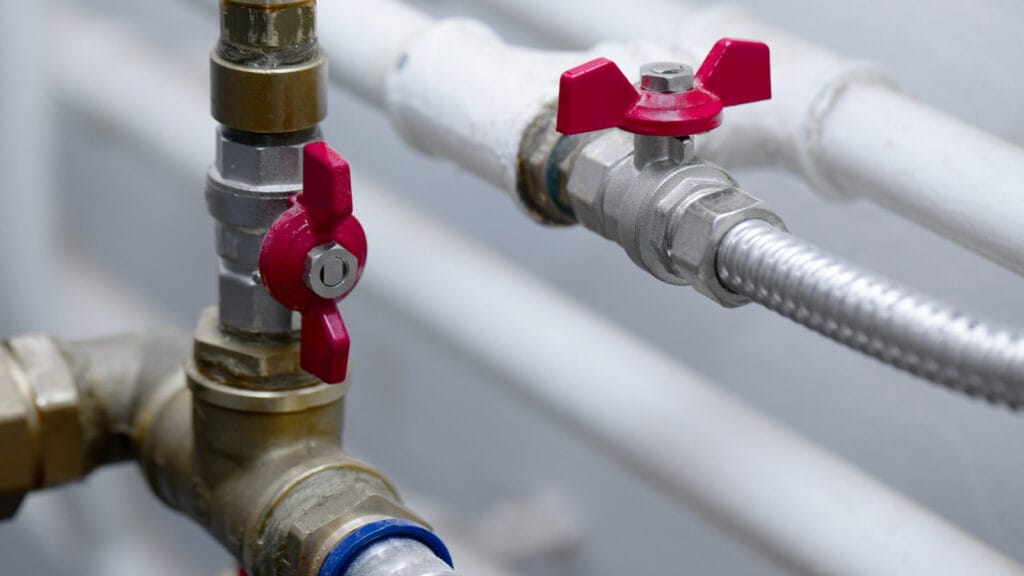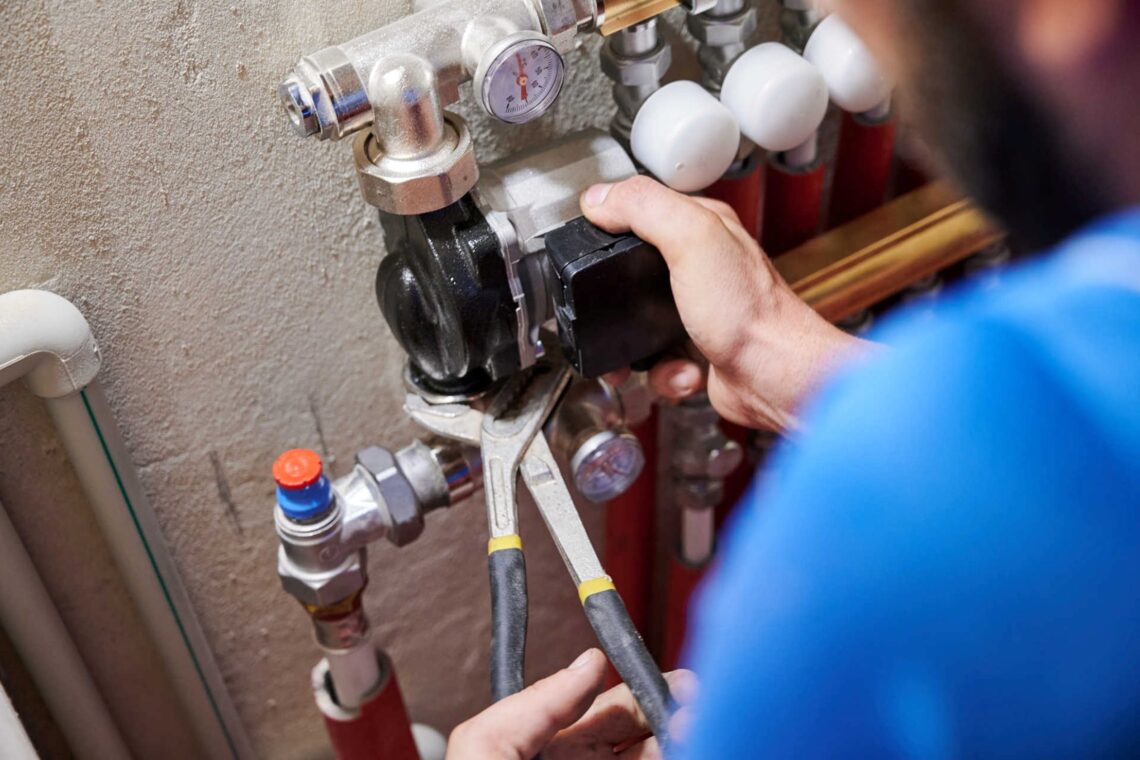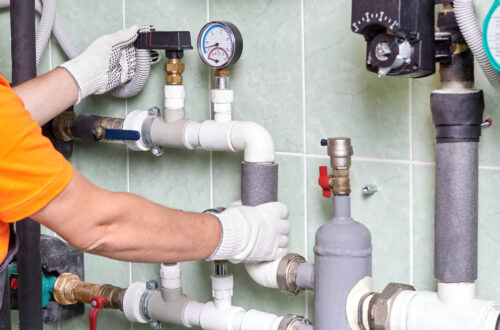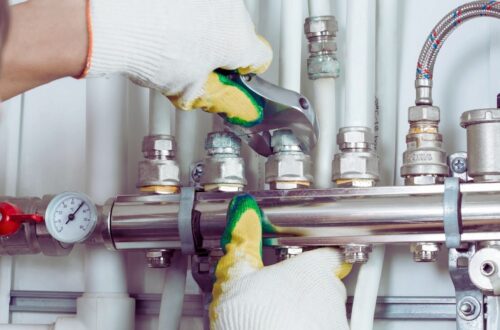When it comes to maintaining a comfortable and functional home, understanding your plumbing system is essential. Often hidden behind walls and under floors, this network of pipes, valves, and fixtures plays a critical role in everyday life—from taking a shower to washing dishes and flushing toilets. Yet, many homeowners are unaware of how their plumbing works until something goes wrong. In this blog post, we’ll explore the basics of your home’s plumbing system, its main components, and some tips for keeping it in good shape.
What is a Plumbing System?
At its core, a plumbing system is a network designed to bring clean water into your home and carry wastewater out. It consists of two main subsystems: the water supply system and the drainage system. Both operate independently but work together to ensure efficient water flow.
Water Supply System
This part of your plumbing system brings fresh water into your home from either a municipal source or a private well. The water travels under pressure through pipes, allowing it to reach all the fixtures—like faucets, showers, and appliances. A main shut-off valve controls the entire system, and it’s important for homeowners to know where this valve is located in case of a leak or emergency.
Pipes used in the water supply system are often made of copper, PEX (cross-linked polyethylene), or PVC. These materials are chosen for their durability and resistance to corrosion, but over time, even the best pipes may develop issues such as leaks or blockages.
Drainage System

Once water is used, it becomes wastewater and needs to be safely removed. This is where the drainage system comes into play. Unlike the supply side, the drainage system relies on gravity to carry wastewater away. It includes drain pipes, vent pipes, and traps. Vent pipes allow air into the system, preventing suction that could disrupt water flow, while traps (those U-shaped pipes under your sink) hold water to block sewer gases from entering your home.
The drainage system connects to a main sewer line or a septic tank, depending on your location. Clogs or leaks in this system can cause backups, bad odors, and damage to your home, which is why regular maintenance is essential.
Common Plumbing Fixtures and Appliances
Everyday plumbing fixtures like sinks, toilets, bathtubs, and showers are all part of the overall system. Each fixture has its own set of supply lines and drains. Appliances like dishwashers, washing machines, and water heaters are also connected to the plumbing network. These appliances require proper installation and occasional maintenance to function efficiently.
Water heaters, in particular, are critical. They heat the water that flows through your home’s taps and showers. Over time, sediment can build up inside the tank, reducing efficiency and potentially causing damage. Flushing your water heater once a year is a good preventative step.
Signs of Plumbing Problems
Because most plumbing is hidden, it’s important to be aware of signs that something may be wrong. Here are some common red flags:
Low water pressure
Slow drains or frequent clogs
Gurgling sounds in the pipes
Unpleasant odors from drains
Water stains on ceilings or walls
An unusually high water bill
If you notice any of these issues, it’s best to consult a licensed plumbing professional before the problem worsens.
Preventative Maintenance Tips
Preventative maintenance can save you money and avoid major disruptions. Here are a few simple steps to keep your plumbing in good working order:
Inspect for leaks: Regularly check under sinks, around toilets, and near appliances for signs of leaks.
Don’t pour grease down the drain: Grease hardens and can cause major blockages.
Use drain strainers: These catch hair and debris before they enter the pipes.
Flush your drains: Occasionally running hot water down your drains can help clear small buildups.
Know your water pressure: High water pressure can strain your plumbing. A pressure regulator can help maintain a safe level.

When to Call a Professional
While some minor issues can be fixed with a plunger or pipe wrench, others require the expertise of a licensed plumbing technician. If you’re dealing with a burst pipe, a persistent clog, or a failing water heater, calling in a professional is the safest and most effective option.
Additionally, any time you plan a renovation that involves moving fixtures or adding new ones, it’s wise to consult a plumbing expert. They can help ensure that your changes comply with local building codes and won’t disrupt the balance of your existing system.
Your home’s plumbing system might not be the most visible part of your house, but it’s certainly one of the most vital. Understanding the basics of how it works can help you spot problems early, perform simple maintenance tasks, and communicate more effectively with professionals when needed.
By treating your plumbing system with care and attention, you can avoid costly repairs and ensure that clean water continues to flow smoothly through your home for years to come.





